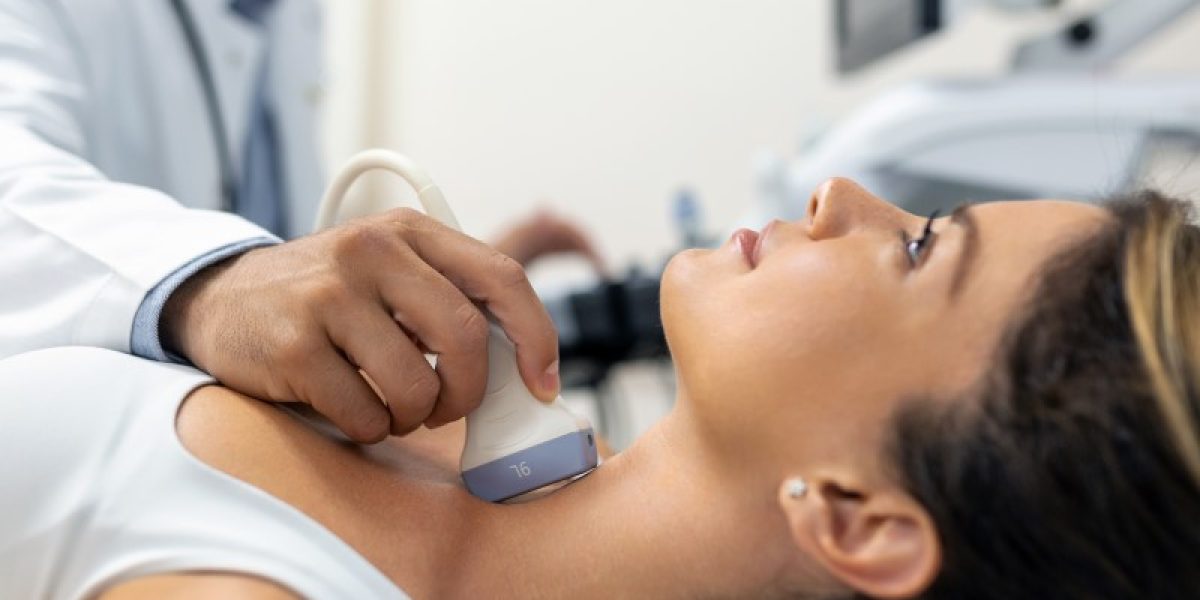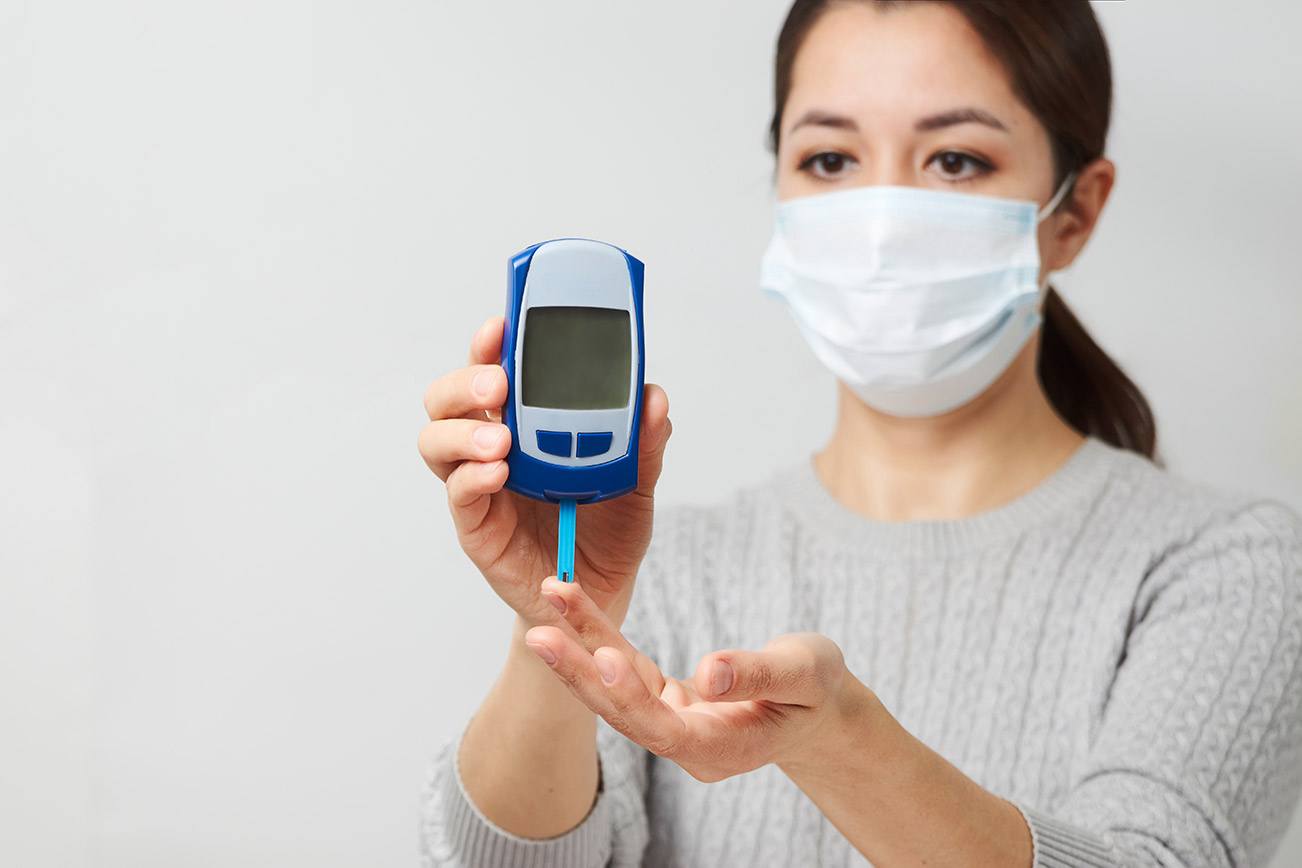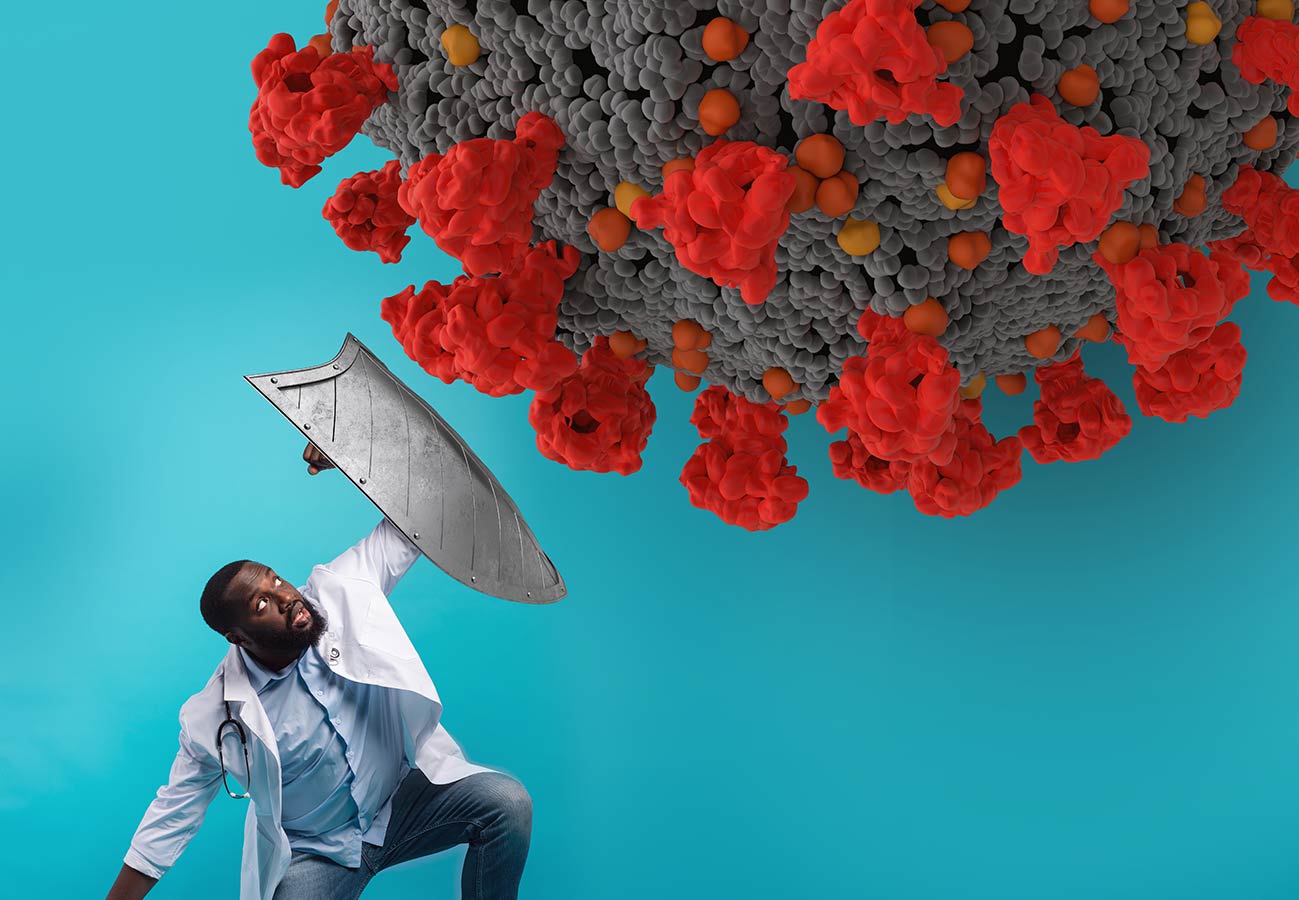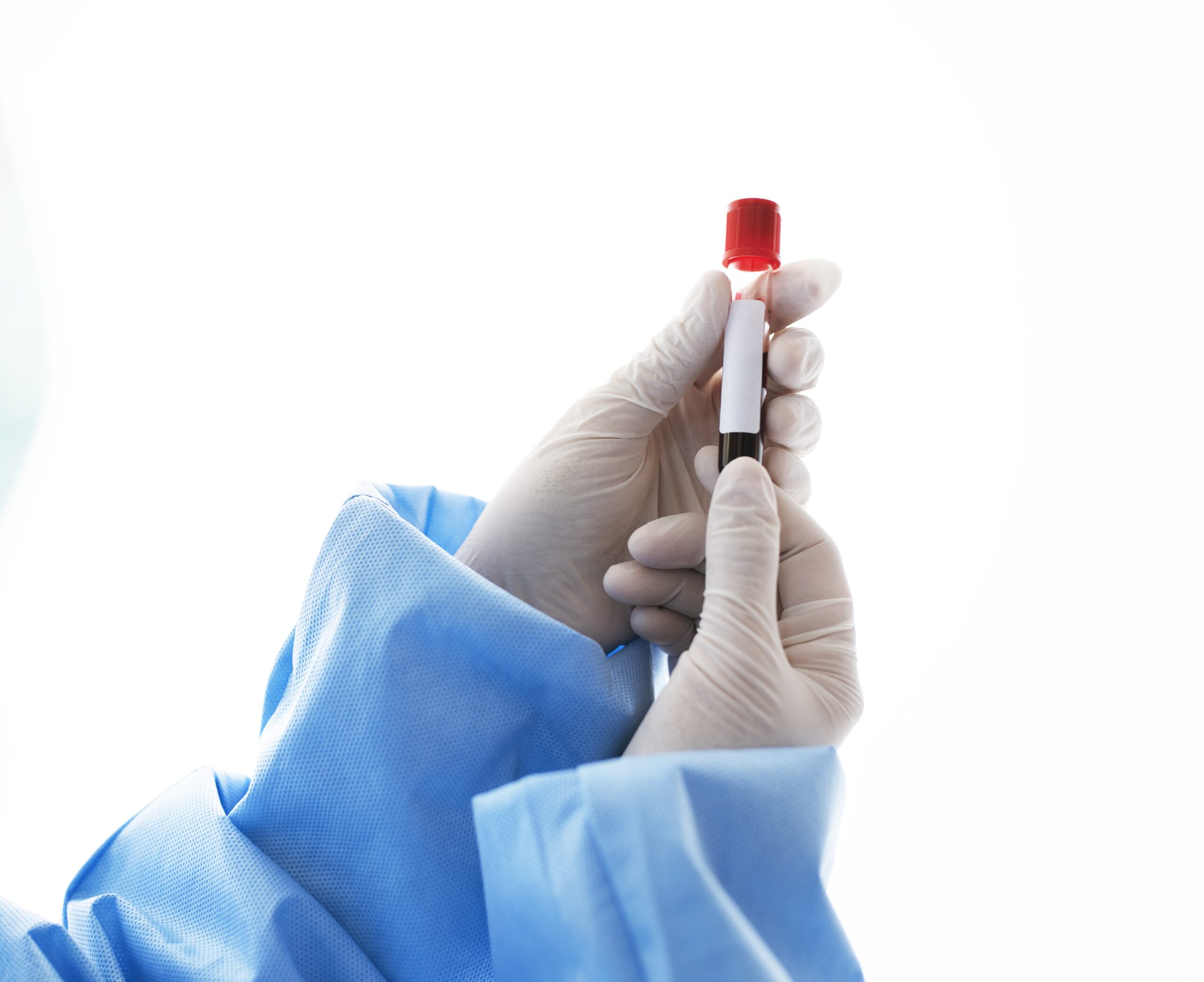The thyroid is the small gland found in the lower-front part of the human’s neck. It is used to help regulate many bodily processes, such as metabolism, energy generation, and mood.
The Thyroid function test is a sequence of blood tests that are used to analyze how well a human’s thyroid gland is working. Available tests include the T3, T3RU, T4, and TSH.
It produces two important hormones: triiodothyronine (T3) and thyroxine (T4). When a human’s thyroid gland doesn’t produce enough of these hormones, they tend to experience symptoms such as weight gain, lack of energy, and depression. This condition is called hypothyroidism.
In case your thyroid gland produces too many hormones, you may suffer a sense of being on a “high”, weight loss, high levels of anxiety and tremors. This is called hyperthyroidism.
If your doctor is concerned about how high or low your thyroid hormone levels are, he/she will order broad screening tests, such as the T4 or the thyroid-stimulating hormone (TSH) test. When these results come back abnormal, your doctor will order further tests to pinpoint the reason for the problem.
Asides from clinical tests, we have some at-home thyroid function tests available here
When preparing for your thyroid tests, you would not need to do anything special to prepare. If your medical professional has ordered other blood tests to be taken at the same time, you would need to go without food for some hours before the test.
Contrarily, you will not need to follow any specific directions before the test.
In case you are pregnant or taking a medication, talk to your doctor about any medications you’re taking and let them know you are pregnant, before you get a blood draw to check your thyroid levels, let them know if you are pregnant. Specific medications and being pregnant may influence your test results.
A blood draw or better still a venipuncture is a process that is performed at a laboratory or your doctor’s office.
When you get to the venue for your test, first of all, you would be asked to sit in a comfortable chair. In case you want to wear long sleeves, you may be asked to roll up one sleeve.
Your healthcare specialist, a technician or a nurse, will tie a band of rubber tightly on your upper arm to ensure your veins swell with blood. As soon as the healthcare professional has found the appropriate vein, they will then put a needle under the skin and into your vein.
You may feel a sharp prick when the needle punctures your skin. The healthcare professional will collect your blood in test tubes and send it to a laboratory for analysis.
When your healthcare specialist is done gathering the amount of blood needed for the tests, he or she withdraws the needle and places pressure on the puncture wound until the bleeding stops. They then place a small bandage over the wound.
You should be able to return to your typical daily activities immediately.
You would feel a sharp prick when the needle punctures your skin. The healthcare specialist will then collect your blood in test tubes and send it to a laboratory for analysis.
Although a blood draw is a natural, minimally invasive method of blood draw which does not have a lot of side effects, immediately after the blood draw, you would possibly see a little bruising or soreness in the area where the needle was inserted.
Placing some ice pack on the affected area or taking an over-the-counter pain reliever would help you lessen your irritation.
In case you experience a great deal of pain, or if the area around the puncture looks red and swollen, follow up with your doctor as soon as these could be signs of an infection.







